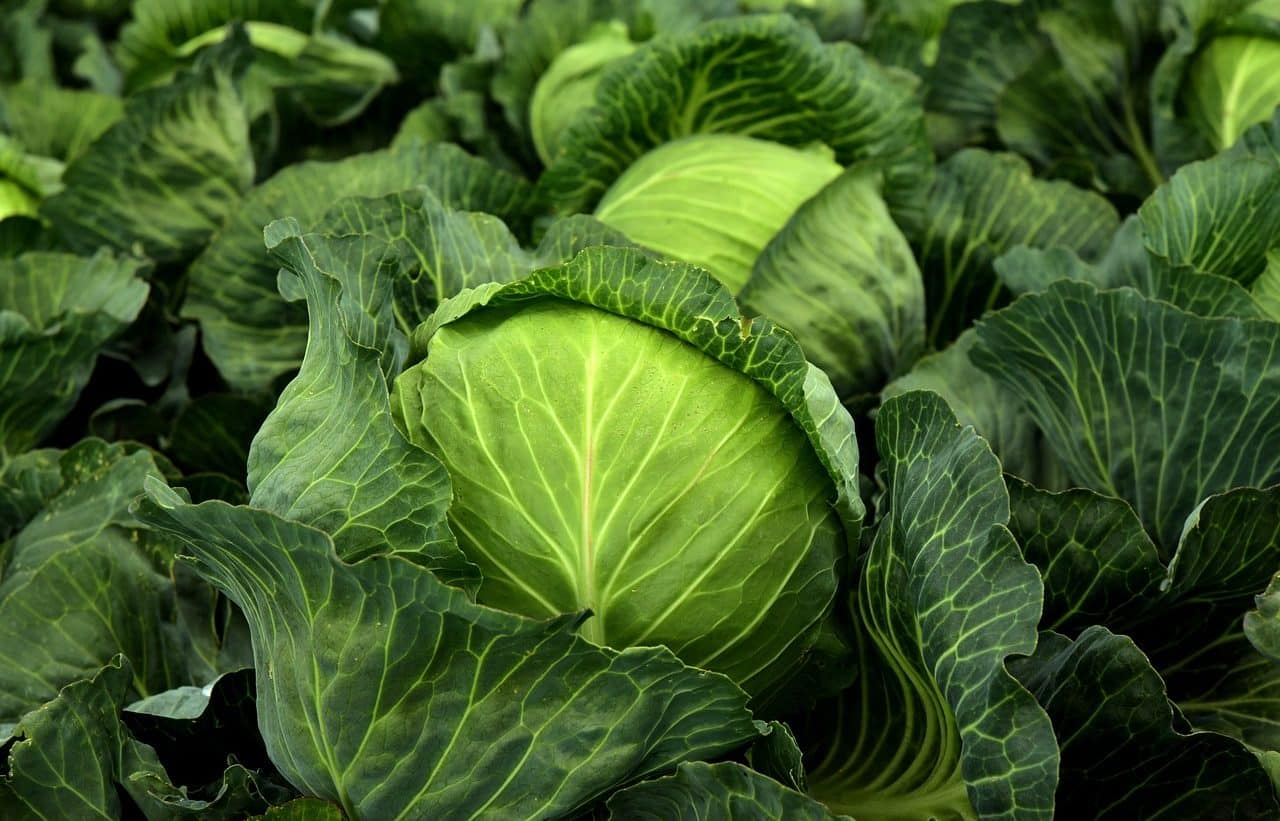
Cabbage is a plant that can be consumed in different ways.
A cabbage is an edible plant whose leaves form a kind of head. There is a wide variety of cabbages, arising from variations of the wild plant.
Also known as cabbage or cabbage , the term usually refers to the species whose scientific name is Brassica oleracea var. capitata It is a food that has a high level of calcium , beta carotene , vitamin A and vitamin C , among other nutrients .
On the other hand, cabbage is also rich in iron, iodine and potassium, and has many healing and medicinal properties, among which the following stand out: anti-cold, anti-rheumatic, energetic, digestive, anti-diabetic, healing and, like many other vegetables, anti-cancer. . It is recommended to consume it as fresh as possible and without subjecting it to very complex preparations to take full advantage of its benefits , since heat can take away much of its potential.
Cabbage consumption
Cabbage can be eaten raw, pickled or cooked. In many countries , for example, cabbage and carrot salad and cabbage and apple salad , among others, are popular.
Another very popular food prepared with cabbage is sauerkraut . This dish, traditional in Germany , consists of a fermentation of cabbage in brine. Sauerkraut is usually used as an accompaniment to sausages and various cuts of pork.

Sauerkraut is made with cabbage, a traditional preparation of German cuisine.
Preparation of sauerkraut
To prepare sauerkraut at home, not everyone follows the steps of the traditional recipe to the letter, since it is not always possible to have the time or the necessary ingredients to do so. A preparation accessible to anyone requires the following ingredients: 1 green cabbage of moderate size; oil (preferably olive); 1 medium or small onion; vinegar; salt.
Once these ingredients are gathered, the preparation of homemade sauerkraut is quite simple:
- Cut the cabbage into thin strips and the onion into slices.
- Heat about 1 tablespoon of oil in a pot over medium-high heat.
- Add the onion slices and stir constantly until softened.
- Add 1 1/4 cups of vinegar, half a cup of water, salt to taste and the cabbage strips.
- Cover the pot and continue to simmer until the cabbage softens enough to have a tender consistency (this can take anywhere from half an hour to 45 minutes, and you may need to add water if the mixture seems dry).
As can be seen, the most common recipe for sauerkraut, outside its country of origin, does not require great culinary knowledge or difficult-to-find ingredients. As if all this were not enough, it can be stored in the refrigerator for two weeks.
stuffed cabbage
Stuffed cabbage , on the other hand, is prepared in different Asian and European countries.
To make it, you must choose a filling (which may include beef or pork, onion, rice and other ingredients) and wrap it with the leaves. They are then steamed or cooked in an oven over low heat.
Other preparations
Cabbage's versatility makes it special among other vegetables, like lettuce, that seem to be reserved almost exclusively for salads.
With cabbage it is possible to replace lettuce in a complete salad of tomato, onion and red pepper, for example, but it can also be used in sauces, previously sautéed with other vegetables, to accompany pasta or pizza, or to fill baked dishes.
Types of cabbage
Among the varieties of cabbage, one of the best known is Brussels cabbage or Brussels sprouts . This variety is much smaller than common cabbage, since its diameter usually does not exceed four centimeters.
Chinese cabbage , Savoy cabbage , and curly cabbage are other types of cabbage grown in different regions .
